Слайд 1UTILIZATION OF SEISMIC AND INFRASOUND SIGNALS FOR
CHARACTERIZING MINING EXPLOSIONS
Pawlenko M.
Слайд 3Microseismic System
Sensors: Uniaxial and triaxial accelerometers and/or geophones.
Junction Box - (JB):
A NEMA-4 enclosure that houses essential acquisition and communications equipment
including the Paladin® digital seismic recorder which serves as the backbone of ESG’s microseismic data acquisition system.
Ethernet communication: Fiber (underground) or radio (surface) for reliable, full waveform data transfer.
Acquisition PC: Acquisition Server, watchdog, optional large external storage drive and uninterruptable power supply (UPS).
Processing PC: Fast multi-core Processor and powerful dedicated video card.
Слайд 4Figure 1: Peak Pg amplitudes observed at array element 03
of PDAR (360 km range) from contained singlefired explosions, delay-fired
cast blasts and delay-fired coal shots
Слайд 5Figure 2: Peak P and Rg amplitudes observed at EYMN
(Ely, Minnesota) from taconite fragmentation
explosions approximately 110 km to the
southwest of the station.
Слайд 6Figure 3: Peak amplitudes of in-mine recordings at Morenci are
compared to total amount of explosives used in copper fragmentation
blasts (left). Peak Pg, Lg and Rg amplitudes observed at the regional station TUC plotted against total amount of explosives used in the Morenci copper fragmentation explosions (right).
Слайд 7Figure 4: The three components of the equivalent mining explosion
source model are represented
pictorially. They consist of (a) the directly
coupled energy from the contained explosion modeled
as a Mueller-Murphy source function, (b) vertical spall due to the tensile failure of near-surface
materials and (c) horizontal spall accompanying cast blasting when overburden is cast horizontally
into a pit.
Слайд 8Figure 5: Spall mass (per hole) for the taconite hard
rock explosions (open diamonds) and a single coal cast blast
(star) was estimated from blasting logs. These empirical estimates from mining explosions are compared to the Viecelli and Sobel spall mass scaling relations developed for underground nuclear explosions.
Слайд 9Figure 6: The mining explosion source model was used to
produce synthetics for a distance and crustal velocity model appropriate
for EYMN. Synthetics were produced for a number of mining explosions of different average charge weight per borehole. Peak amplitudes of the synthetics are compared to the observations from the same explosions.
Слайд 10Figure 7: The mining explosion source model was also used
to compute synthetics for the large-scale cast blasts. The focus
in this modeling exercise is on the long period surface waves.
Слайд 11Figure 8: Mining explosions from the hard rock copper mines
in southeastern Arizona generate infrasound signals as exemplified by the
records from DLIAR in Los Alamos (left). Ground truth for this event was provided by close-in seismic and acoustic records of the blast (left, inset). Frequency wave number estimates were used to make the back azimuth estimate shown to the right.
Слайд 12Figure 9: Infrasound (channels 1,2, 3) and seismic data (channel
4) from a seismo-acoustic station
installed outside El Paso, Texas (Ft.
Hancock). Each horizontal section represents 10 minutes of
data. This seismo-acoustic signal that extends for over 30 minutes represents the explosion and
burning of a natural gas line in New Mexico
Слайд 13Figure 10: The details of the infrasound (channels 1-3) and
seismic (channel 4) signals from the gas
explosion are shown to
the left. These signals are compared to close-in seismic signals of the blast
shown to the right (courtesy of T. Wallace). Both the close-in seismic and the infrasound signals
suggest a complex source function for the initial explosion. The seismo-acoustic station at Ft.
Hancock has porous and slow velocity alluvium at the surface that may be responsible for the
strong coupling between the infrasound and seismic channels.
Слайд 14CONCLUSIONS AND RECOMMENDATIONS
Seismic
1. Peak seismic amplitudes from delay-fired mining explosions
show little relation to explosive yield.
2. Single-fired, contained explosions generate
regional seismic waves with an amplitude scaled by
explosive weight, W0.84.
3. Source models for mining explosions replicate the insensitivity of peak amplitude of regional phases to
total explosive weight although there is some indication that the peak regional amplitudes may be
related to the weight of the simultaneously detonated explosives, possibly a single borehole.
4. Mid-period (2-12 s) surface waves are observed from large scale cast blasts and reflect the large source
duration of such explosions.
5. Blasting practice varies greatly between mines and within mines and in-mine instrumentation may be
required to provide ground truth for regional seismogram interpretation.
Infrasound
1. A small percentage of mining explosions are observed to have infrasound signals.
2. The presence or absence of regional infrasound signals is related to event size and propagation path
effects.
3. Shallow explosions may produce infrasound signals but no regional seismic signals.
4. Infrasound signals may document source duration.
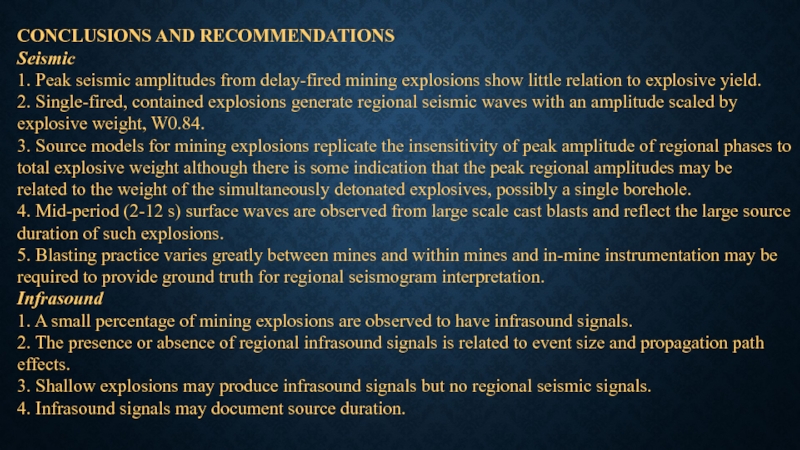

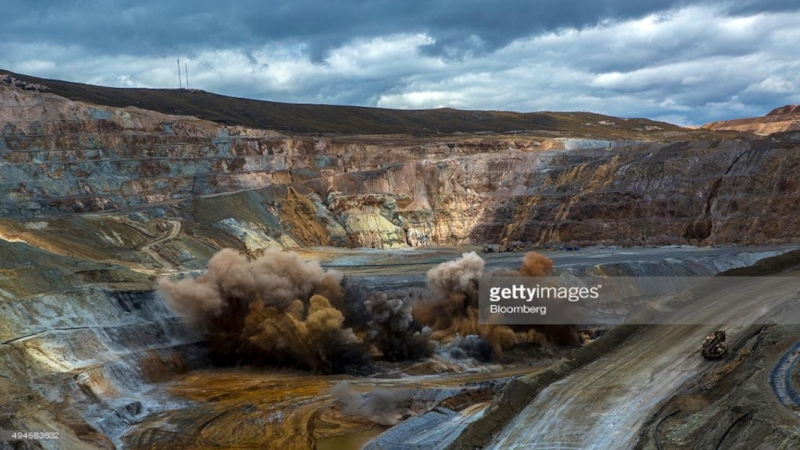


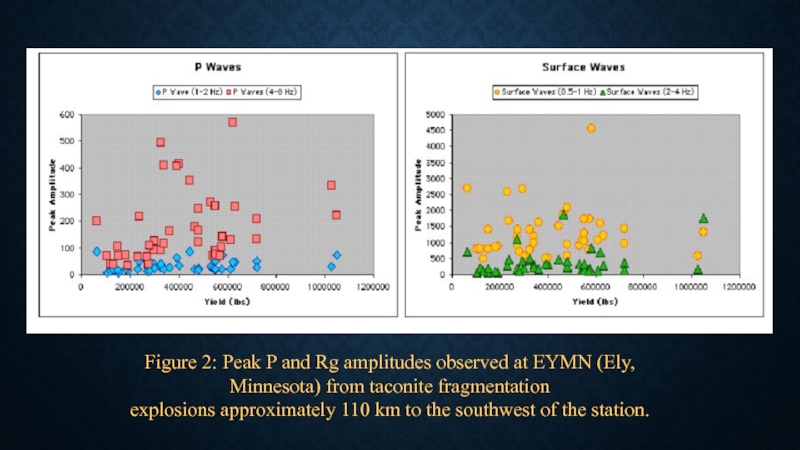
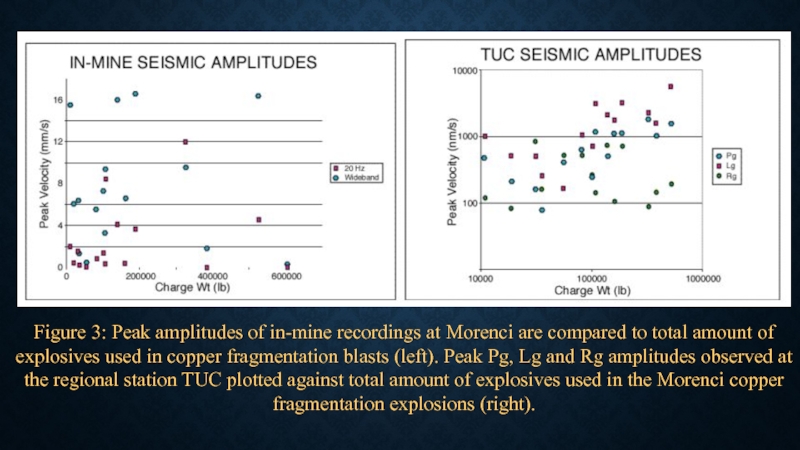


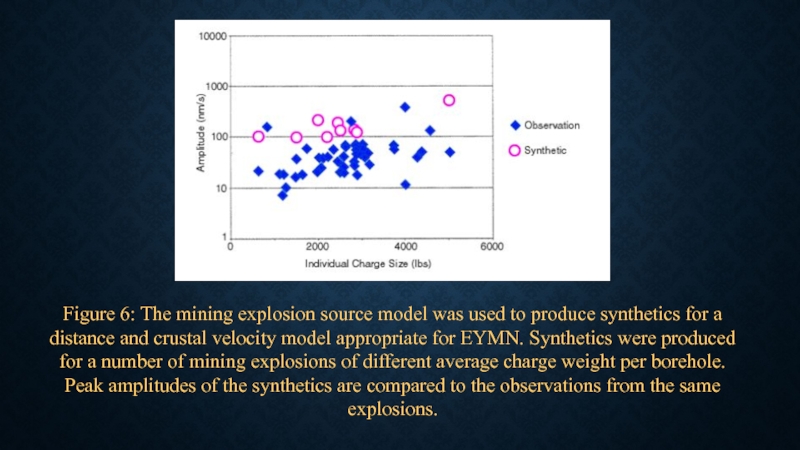



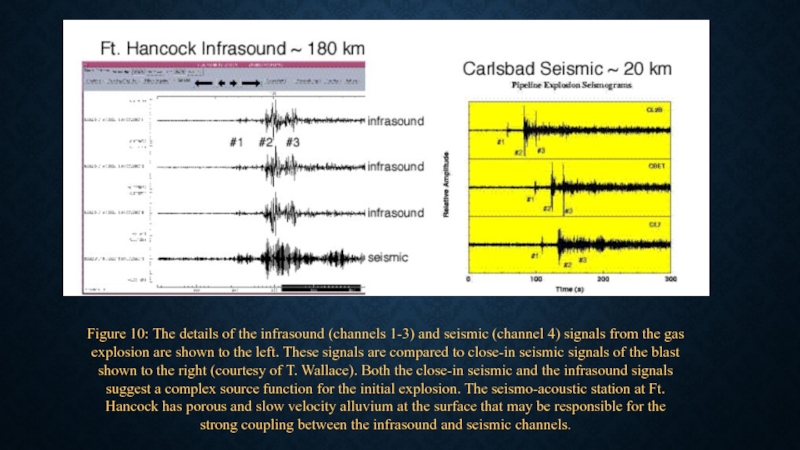


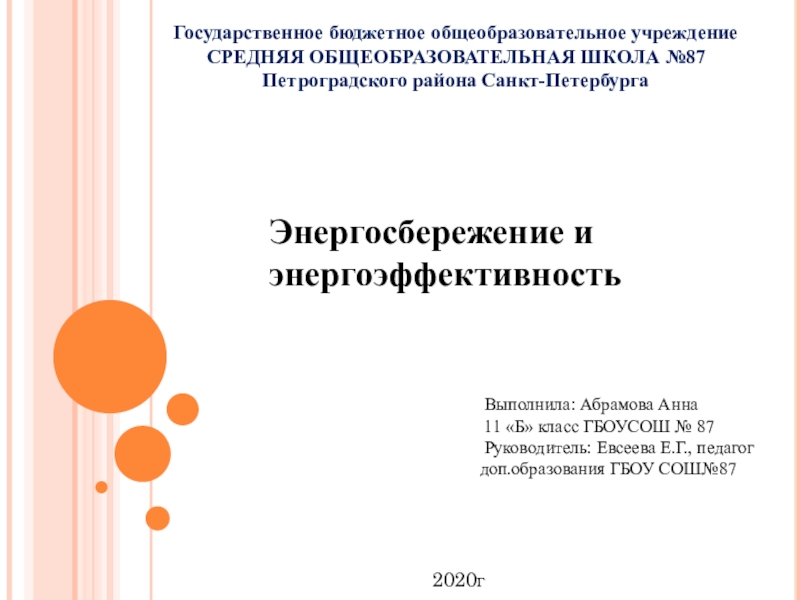












![АВТОМАТИЗАЦИЯ ЗВУКА [Л'] В ЧИСТОГОВОРКАХ](/img/thumbs/30e40b3b356c62aa0d8bf0aef29fea6a-800x.jpg)




